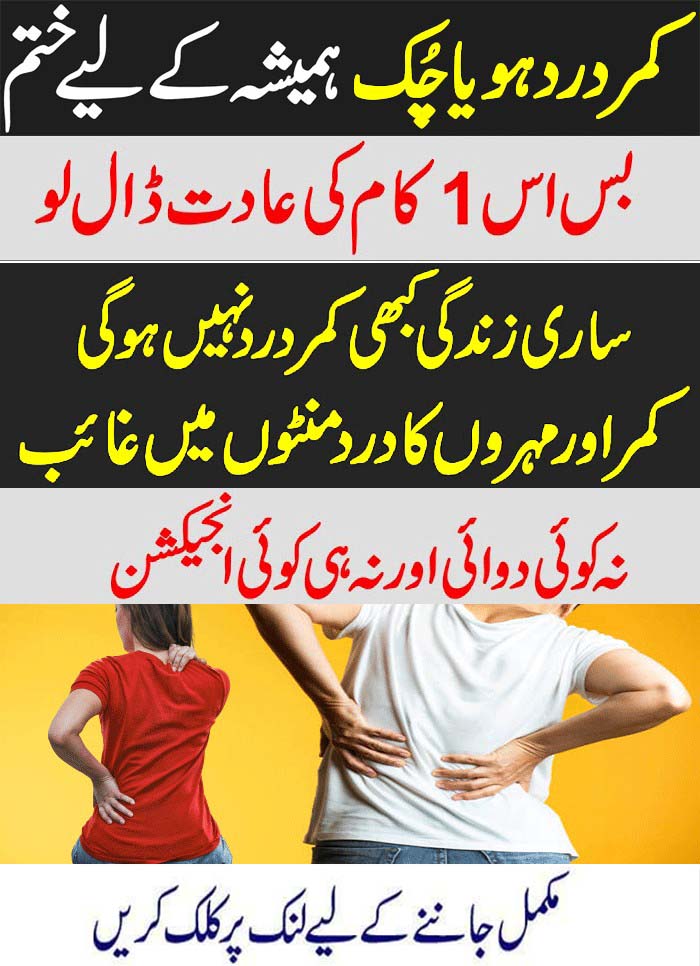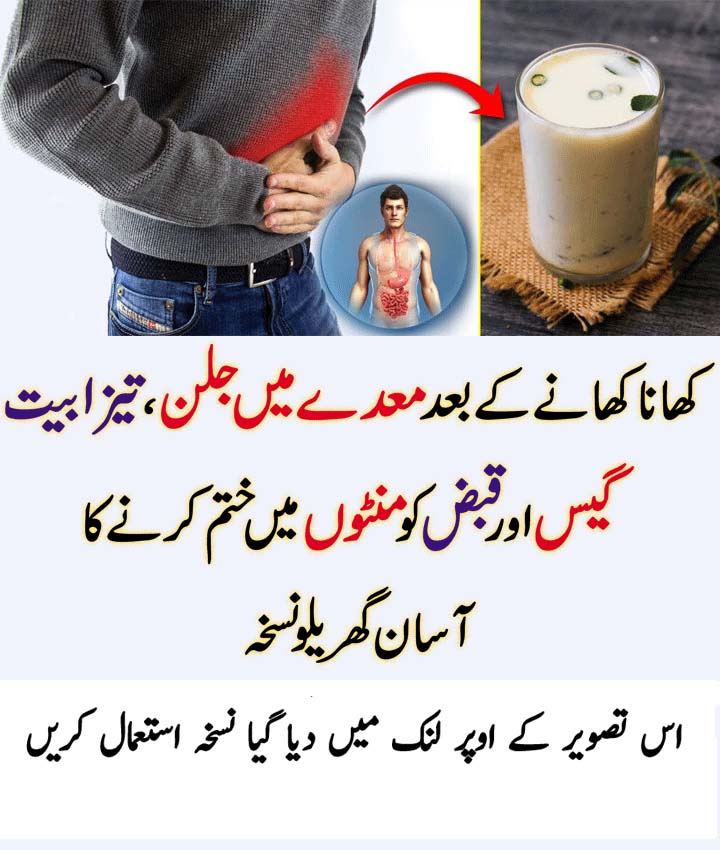Muscular dystrophy (MD) is a group of inherited diseases in which the muscles that control movement (called voluntary muscles) progressively weaken. In some forms of this disease, the heart and other organs are also affected. Muscular dystrophy can appear in infancy up to middle age or later, and its form and severity are determined in part by the age at which it occurs.
Some types of muscular dystrophy typically affect only males; some people with MD enjoy a normal life span with mild symptoms that progress very slowly. The various types of MD affect more than 50,000 Americans. Through advances in medical care, children with muscular dystrophy are living longer than ever before.
Muscular Dystrophy Types and Treatment
How to Get Rid of Fatigue Naturally
health fitness
Khoon-Banane-kee-Masheen-hain-ye-daane
Muscular Dystrophy Symptoms by Type
Myotonic (also called MMD or Steinert’s disease). The most common form of muscular dystrophy in adults, myotonic muscular dystrophy affects both men and women, and it usually appears any time from early childhood to adulthood. In rare cases, it appears in newborns (congenital MMD). The name refers to a symptom, myotonia — prolonged spasm or stiffening of muscles after use. This symptom is usually worse in cold temperatures.
Duchenne. The most common form of muscular dystrophy in children, Duchenne muscular dystrophy typically affects only males. It appears between the ages of 2 and 6. The muscles decrease in size and grow weaker over time yet may appear larger.
Becker. This form is similar to Duchenne muscular dystrophy, but the disease is much milder: symptoms appear later and progress more slowly. It usually appears between the ages of 2 and 16 but can appear as late as age 25. Like Duchenne muscular dystrophy, Becker muscular dystrophy typically affects only males (1 in 30,000) and causes heart problems. Disease severity varies. Those with Becker can usually walk into their 30s and live further into adulthood.
Limb-girdle. This appears in the teens to early adulthood and affects males and females. In its most common form, Limb-girdle muscular dystrophy causes progressive weakness that begins in the hips and moves to the shoulders, arms, and legs. Within 20 years, walking becomes difficult or impossible. Sufferers typically live from middle age to late adulthood.
Facioscapulohumeral. Facioscapulohumeral refers to the muscles that move the face, shoulder blade, and upper arm bone. This form of muscular dystrophy appears in teens to early adulthood and affects males and females. It progresses slowly, with short periods of rapid muscle deterioration and weakness. Severity ranges from very mild to completely disabling. Walking, chewing, swallowing, and speaking problems can occur.
Congenital. Congenital means present at birth. Congenital muscular dystrophies progress slowly and affect males and females. The two forms that have been identified — Fukuyama and congenital muscular dystrophy with myosin deficiency — cause muscle weakness at birth or in the first few months of life, along with severe and early contractures.
Oculopharyngeal. Oculopharyngeal means eye and throat. This form of muscular dystrophy appears in men and women in their 40s, 50s, and 60s. It progresses slowly, causing weakness in the eye and face muscles, which may lead to difficulty swallowing. Weakness in pelvic and shoulder muscles may occur later. Choking and recurrent pneumonia may occur.
Distal. This group of rare diseases affects adult men and women. It causes weakness and wasting of the distal muscles (those farthest from the center) of the forearms, hands, lower legs, and feet. It is generally less severe, progresses more slowly, and affects fewer muscles than other forms of muscular dystrophy.
Emery-Dreifuss. This rare form of muscular dystrophy appears from childhood to the early teens and affects mainly males. In very rare cases, females can be affected. For that to happen, both of a girl’s X chromosomes (the one they get from their mother and the one from their father) would have to have the defective gene. It causes muscle weakness and wasting in the shoulders, upper arms, and lower legs.
Muscular Dystrophy Causes and Risk Factors
Muscular dystrophy is caused by defects in certain genes, with type determined by the abnormal gene. In 1986, researchers discovered the gene that, when defective or flawed, causes Duchenne muscular dystrophy. In 1987, the muscle protein associated with this gene was named dystrophin. Duchenne muscular dystrophy occurs when that gene fails to make dystrophin.
Most muscular dystrophies are a form of an inherited disease called X-linked disorders or genetic diseases that mothers can transmit to their sons even though the mothers themselves are unaffected by the disease. A female who carries the defective X chromosome can pass the disease to their son (whose other chromosome is a Y, from the father).
A few muscular dystrophies aren’t inherited at all and occur because of a new gene abnormality or mutation. Source: WebMD



